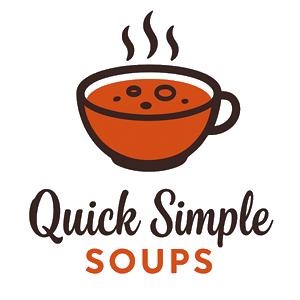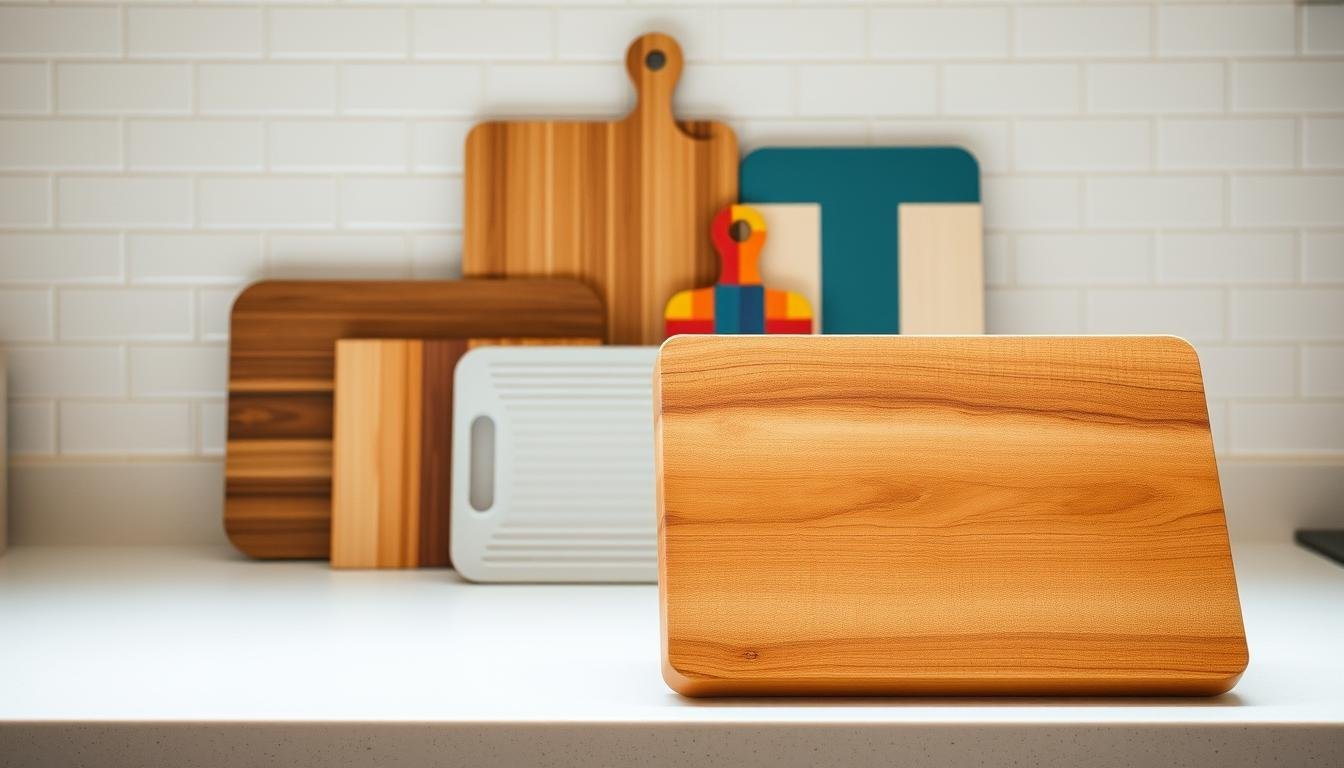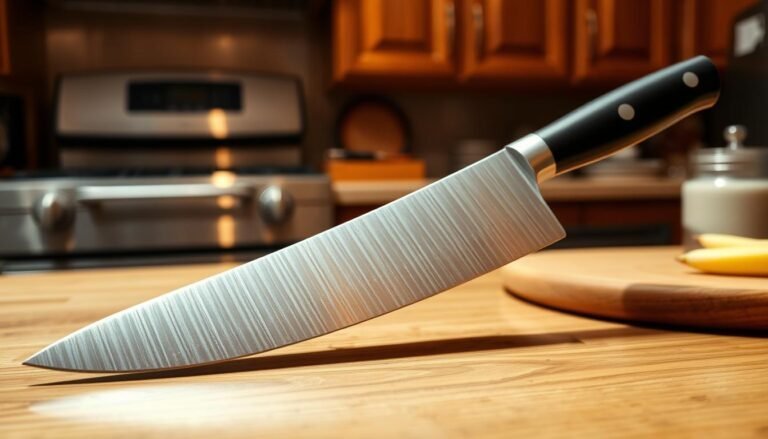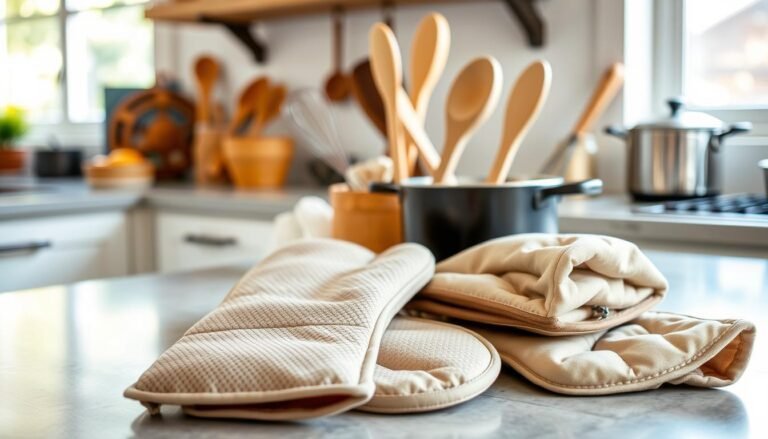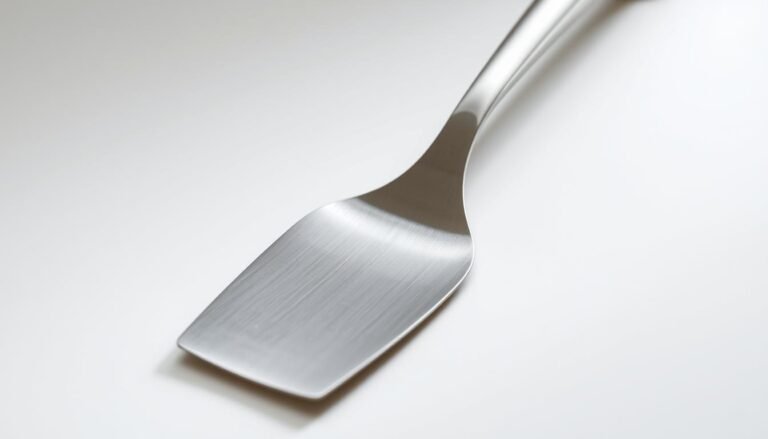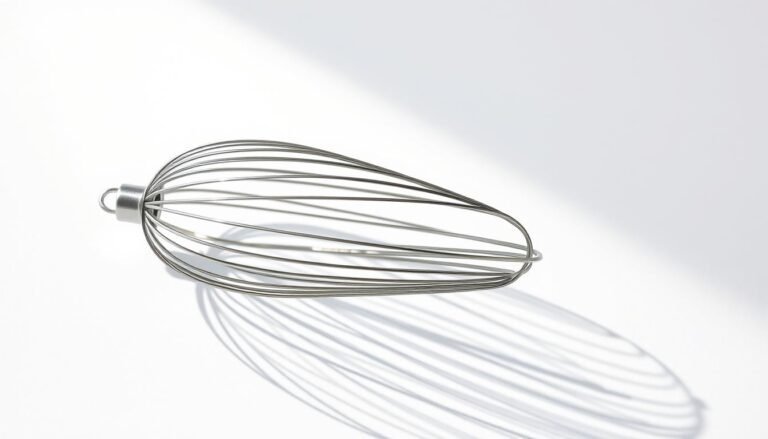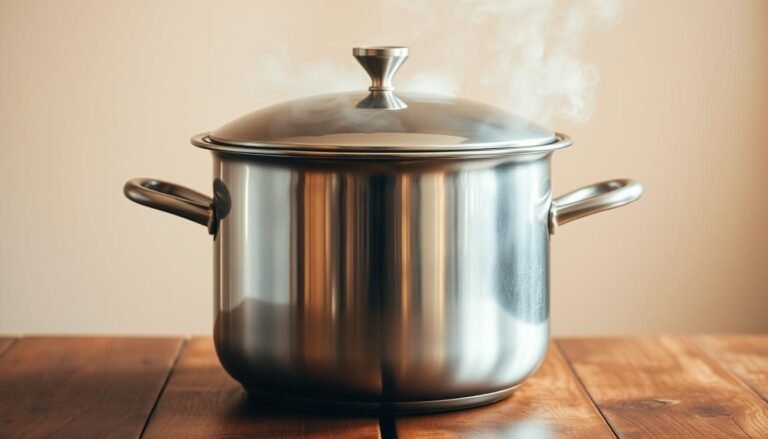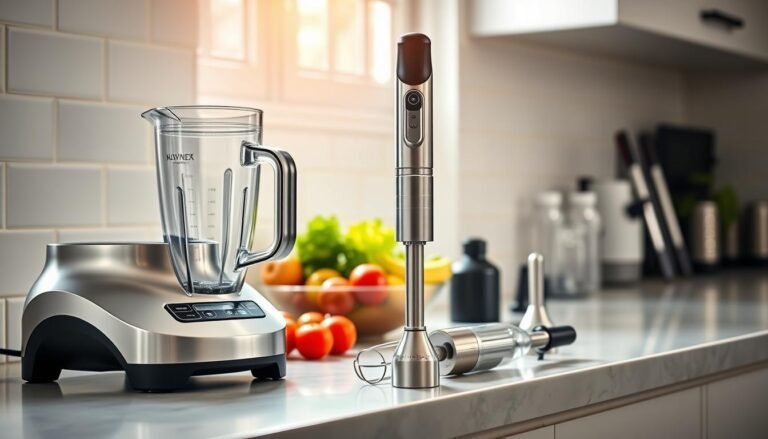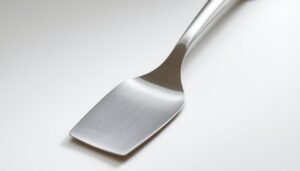Disclosure: This Post Contains Affiliate Links; We earn a commission on purchases.
Choosing the right kitchen cutting board is key for home cooks and chefs. The debate between wood and plastic cutting boards is ongoing. Each has its own pros and cons.
The choice between wood and plastic impacts your knives and kitchen hygiene. Studies show the right material can change your cooking.
When picking the best cutting board, think about durability, upkeep, and safety. Knowing the wood and plastic differences helps you choose wisely.
Key Takeaways
- The material of your cutting board affects knife longevity.
- Wood and plastic cutting boards have different hygiene considerations.
- Durability varies significantly between wood and plastic.
- Maintenance needs differ between the two materials.
- The right choice can enhance your overall cooking experience.
Understanding Cutting Boards and Their Importance
Cutting boards are key in any kitchen. They help with chopping, slicing, and dicing. This is vital for safety and efficiency.
The Role of Cutting Boards in Kitchen Safety
Using the right cutting boards is key for kitchen safety. A cutting board for meat should not be used for veggies without cleaning. This can cause health risks.
To avoid this, use separate boards or clean one well between uses. For more kitchen safety tips, check The Definitive Guide to Cutting Boards.
How Cutting Boards Affect Knife Longevity
The type of cutting board affects your knives. A wooden cutting board is better for knives than plastic or stone. Wood is softer and keeps knives sharp longer.
On the other hand, a plastic cutting board can scratch knives. This means you might need to sharpen them more often.
Choosing the right cutting board is important. A wooden cutting board helps keep your knives sharp and in good shape.
Types of Cutting Board Materials
Choosing the right cutting board material is key for kitchen safety and efficiency. Each material has its own benefits and drawbacks. It’s important to know what each type offers.
Wooden Cutting Boards
Wooden cutting boards are loved by chefs for their durability and look. They are kind to knives, helping them stay sharp. But, they need regular oiling to avoid cracking. The main advantages of wooden cutting boards are:
- Durability: With care, wooden cutting boards can last a long time.
- Knife-friendly: Wood is soft, so it won’t dull knives quickly.
- Aesthetic appeal: Wooden cutting boards bring warmth and style to the kitchen.
For more info on the best cutting board materials, check out Dalstrong’s guide.
Plastic Cutting Boards
Plastic cutting boards are affordable and easy to clean. They’re dishwasher safe, perfect for busy kitchens. But, they can get scratched and might harbor bacteria if not cleaned well. The good points of plastic cutting boards are:
- Easy to clean: They’re simple to sanitize and keep up.
- Affordable: They cost less than wooden or bamboo cutting boards.
- Color-coded: They come in different colors, making food separation easy.
Bamboo Cutting Boards
Bamboo cutting boards are a green choice compared to traditional wood. They’re light, strong, and less likely to crack than some wood. Plus, bamboo is a renewable resource, making bamboo cutting boards eco-friendly.
- Sustainability: Bamboo is a highly renewable resource.
- Durability: Bamboo cutting boards stand up to wear and tear well.
- Lightweight: They’re easier to handle than some other materials.
Wood vs. Plastic: The Great Cutting Board Debate
The debate between wood and plastic cutting boards has been ongoing. Each side has good points about hygiene, durability, and the environment. It’s important to think about these when choosing a cutting board for your kitchen.
Hygiene and Food Safety Considerations
Wood cutting boards are known for their natural antibacterial properties. Studies show wood can help fight off bacteria. Plastic boards, on the other hand, are easy to clean in a dishwasher. But, they can get scars where bacteria can hide.
When preparing veggies and fruits, a cutting board for vegetables that’s easy to clean is key. For those who value easy cleaning, a dishwasher safe cutting board is a good choice.
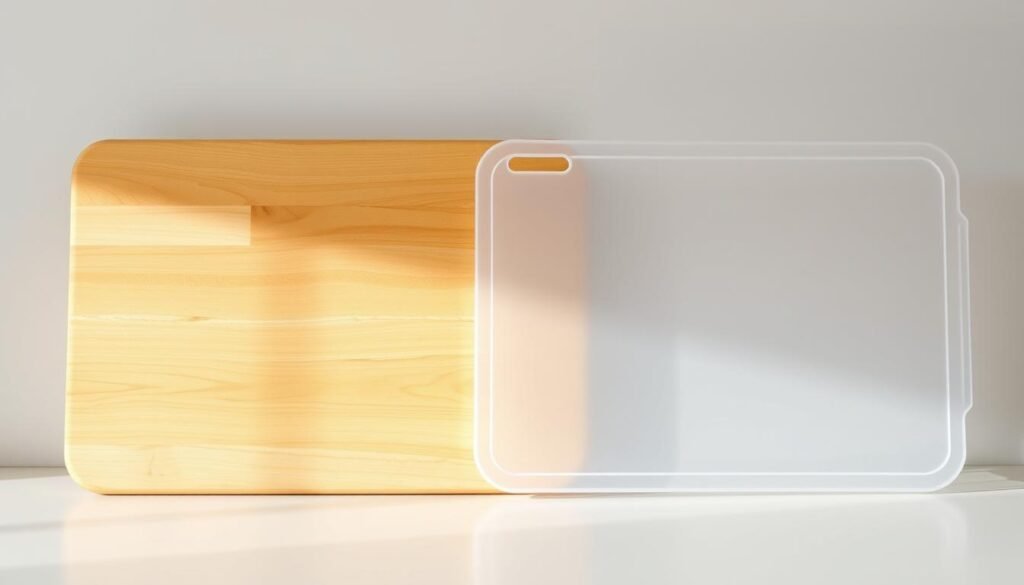
Durability and Longevity Comparison
Wood cutting boards can last for years with the right care. They need oiling to stay in good shape. Plastic boards, while easier to care for, can get scratched and need to be replaced sooner.
The life span of a cutting board is important. A durable kitchen cutting board can be a long-term friend in the kitchen.
Environmental Impact
Choosing between wood and plastic cutting boards has big environmental effects. Wood boards are made from natural materials and can break down. But, they can harm forests if not harvested sustainably. Plastic boards are made from non-renewable resources and add to plastic waste.
Thinking about the environmental impact of your kitchen cutting board can help you choose more sustainably.
Choosing the Right Cutting Board for Specific Tasks
Choosing the right cutting board is key for kitchen tasks. You need different boards for meat and veggies. This ensures your kitchen stays clean and efficient.
Best Cutting Boards for Meat Preparation
For raw meat, pick a cutting board that’s tough and easy to clean. A cutting board for meat should be made from plastic or hardwood. This prevents knife marks and keeps meat safe from other foods.
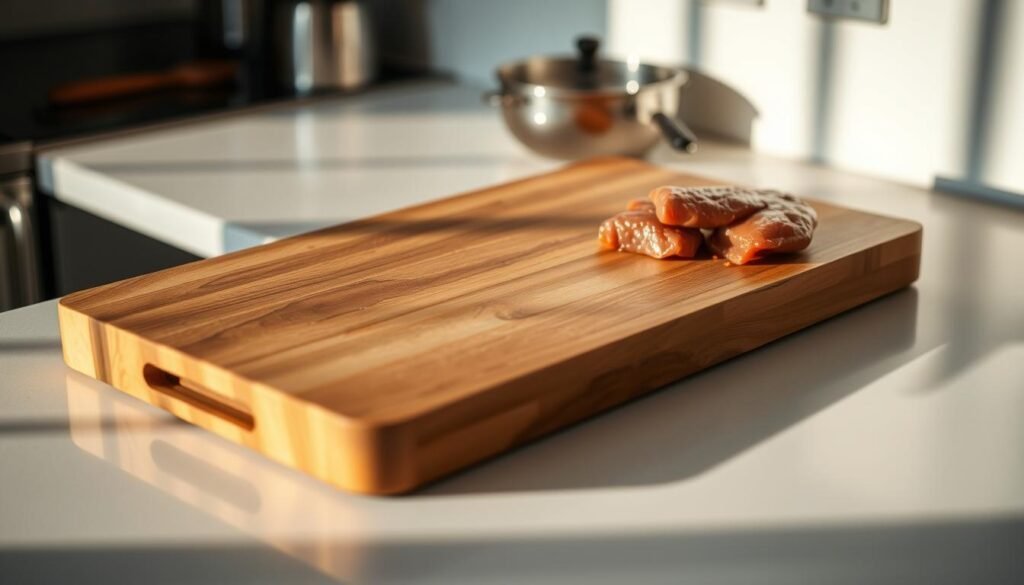
Ideal Cutting Boards for Vegetables and Fruits
For veggies and fruits, a soft cutting board is best. A cutting board for vegetables and fruits works well with wood or bamboo. These materials are gentle on knives and soft on produce.
Dishwasher Safe Cutting Boards
For easy cleaning, choose a dishwasher safe cutting board. Plastic boards are often dishwasher safe. But, always check the maker’s instructions to avoid damage from heat and water.
Maintaining and Caring for Your Cutting Board
Keeping your cutting board in good shape is very important. It doesn’t matter if it’s wooden or plastic. Regular care keeps your kitchen clean and safe.
Cleaning and Sanitizing Different Types of Cutting Boards
Each material needs its own cleaning way. For wooden cutting boards, use mild soap and water. Then, dry it well to stop it from warping.
For plastic cutting boards, a dishwasher works well. But, always check what the maker says. You can sanitize with water and white vinegar or a special product.
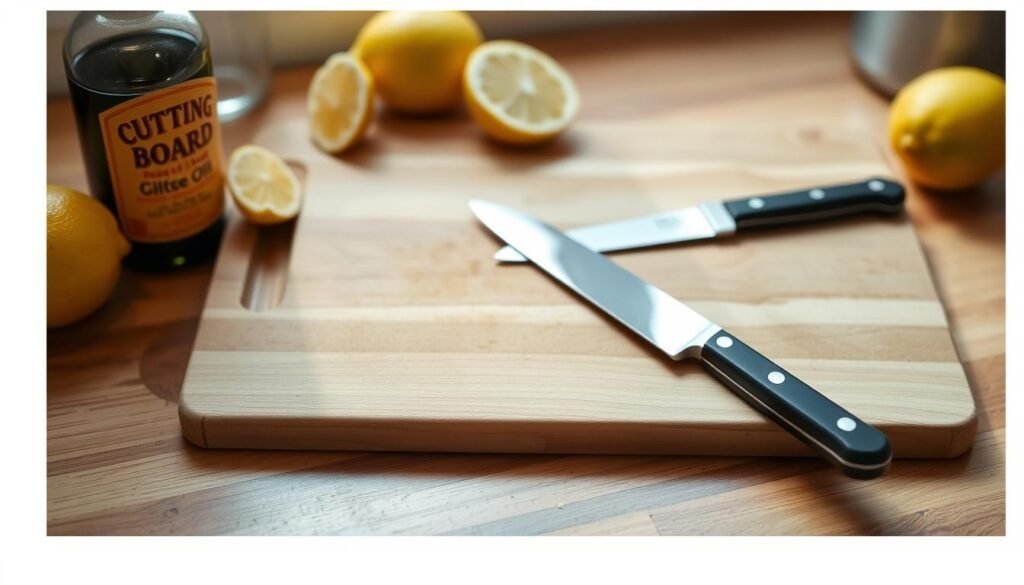
Extending the Life of Your Cutting Board
To make your cutting board last longer, take care of it often. Wooden boards need oil sometimes to stop cracks. Plastic boards should be checked for deep cuts or wear.
By following these cutting board maintenance tips, your board will stay in great shape. This makes your kitchen safer and cleaner.
Conclusion: Making the Best Cutting Board Choice for Your Kitchen
Choosing the right cutting board is a personal choice. It depends on what you like, how you cook, and what your kitchen needs. It’s important to know the good and bad of each material.
The best cutting board should be clean, last long, and good for the planet. Wooden cutting boards look nice and are natural. Plastic ones are easy to clean and safe for the dishwasher.
Think about what you need in a cutting board. Do you cut meat, veggies, or fruits? Consider how easy it is to clean, how long it lasts, and if it’s safe. This helps you choose the best one for you.
Getting a good cutting board can make cooking better. It makes your kitchen safer and more fun.
FAQ
What is the best material for a cutting board?
Are wooden cutting boards more sanitary than plastic ones?
Can I put my cutting board in the dishwasher?
How do I clean and sanitize my cutting board?
What is the best cutting board for meat preparation?
Can I use the same cutting board for vegetables and meat?
How often should I replace my cutting board?
Are bamboo cutting boards a good alternative to wood or plastic?

Ryan Conlon is the comfort food fan behind QuickSimpleSoups.com, where he shares easy soup ideas, smart shortcuts, and helpful tips for busy home cooks. Ryan believes a good bowl of soup doesn’t need to be complicated—and he’s here to prove it. Whether you’re looking for quick weeknight meals or cozy classics with a twist, Ryan’s simple approach helps you serve up satisfying soups with minimal effort.
Subscribe to Our Newsletter
